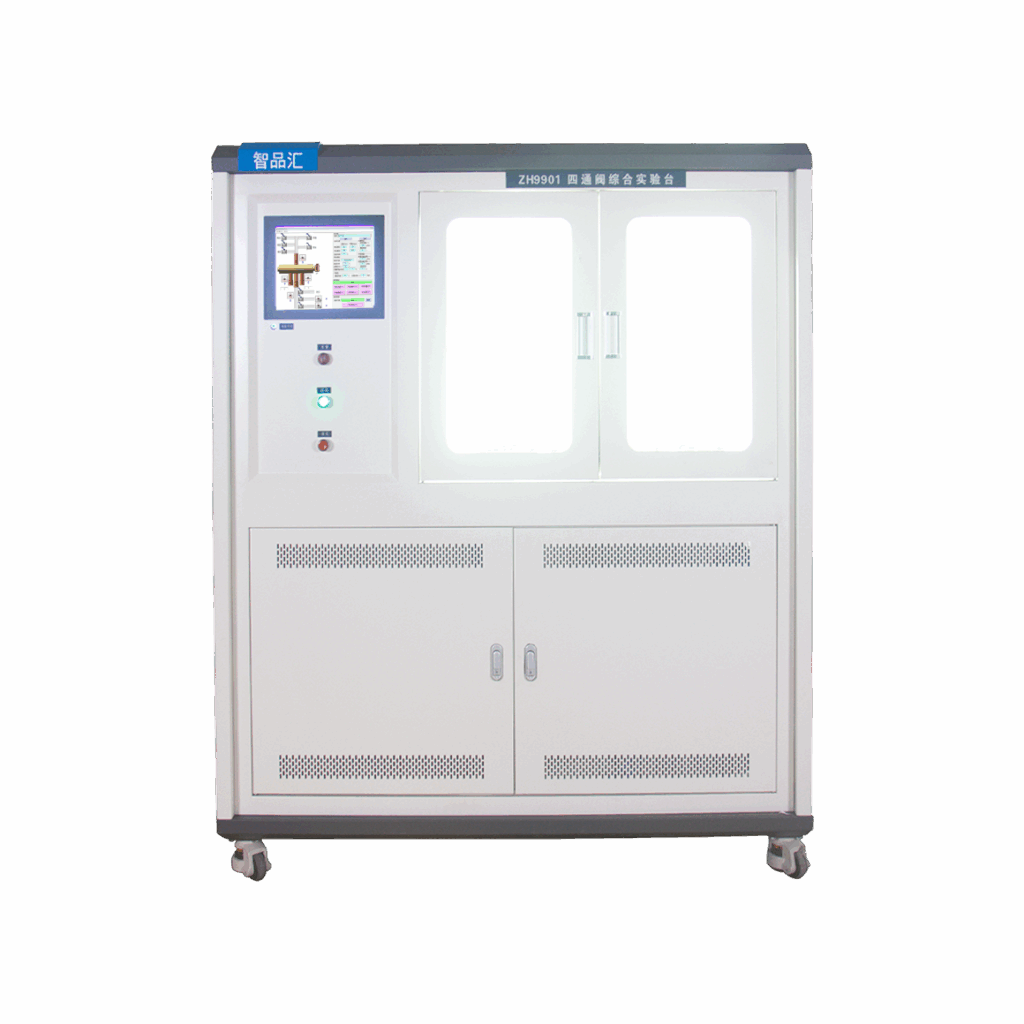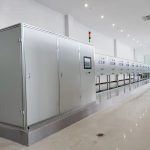In air conditioning systems, four-way valves are the core components that switch between cooling and heating modes. The stability of their performance directly impacts the air conditioner’s operating efficiency and user experience. Air conditioning four-way valve testing equipment is a crucial tool for ensuring that these valves meet quality standards and function reliably. By simulating the valve’s actual operating environment, it comprehensively tests its various performance characteristics, safeguarding the quality of air conditioning products.
The Core Function of Air Conditioner Four-Way Valve Testing Equipment
The primary function of air conditioner four-way valve testing equipment is to verify the switching performance of four-way valves. The core function of a four-way valve is to change the flow of refrigerant through the movement of the valve core, enabling switching between cooling and heating. The testing equipment simulates the pressure, temperature, and other operating conditions of an air conditioner, repeatedly triggering the four-way valve to switch modes and verifying smooth and precise switching. If any issues such as lag, delay, or inability to switch occur during the switching process, the equipment will promptly detect and provide feedback, allowing unqualified products to be screened out and prevent them from affecting the air conditioner’s operation.
Secondly, the equipment can test the sealing performance of four-way valves. During air conditioning operation, four-way valves must ensure a good seal between all interfaces to prevent refrigerant leakage. The test equipment fills the valve with gas or liquid at a certain pressure and then monitors the pressure changes and leaks at each interface to determine whether the sealing performance meets the standard. Good sealing performance is key to ensuring air conditioning cooling and heating efficiency, reducing energy waste, and protecting the environment from the impact of refrigerant leakage.
Furthermore, the test equipment can evaluate the durability of four-way valves under different operating conditions. During long-term use, four-way valves are frequently switched and are subject to environmental factors such as temperature and pressure. The test equipment tests the four-way valves over a long period of time, using a set number of cycles and extreme operating conditions, such as high temperature and high pressure, to observe whether performance degradation or component damage occurs after repeated use and in harsh environments. This helps companies understand the lifespan and reliability of four-way valves, providing a basis for product design improvements and quality enhancements.
The number of test cycles is a key parameter in evaluating the durability of four-way valves. Equipment should be able to withstand at least 100,000 switching cycles, with some high-standard equipment capable of even 500,000. This extensive testing ensures the durability of four-way valves, ensuring they will not fail over the long term.





